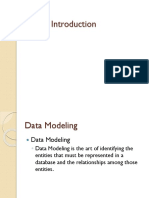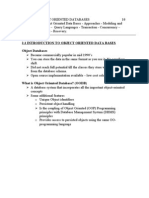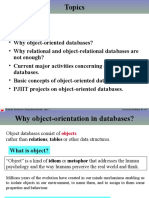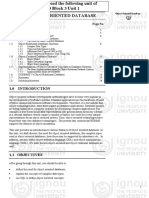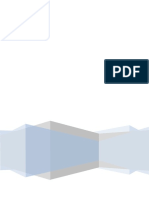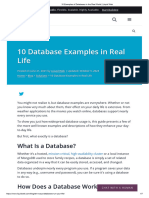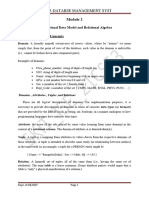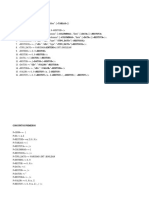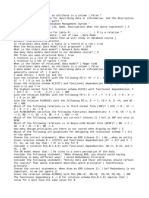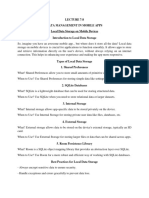0% found this document useful (0 votes)
16 views52 pagesChapter 5 Object Oriented Database Systems
Chapter 5 discusses Object-Oriented Database Systems (OODBMS) and their advantages over traditional Relational Database Management Systems (RDBMS), particularly for advanced applications requiring complex data modeling. It highlights the limitations of RDBMSs, such as poor representation of real-world entities and difficulties with recursive queries, while introducing key object-oriented concepts like encapsulation, inheritance, and object identity. The chapter also outlines the next generation of database systems and various strategies for mapping object-oriented classes to relational structures.
Uploaded by
geme kelbesaCopyright
© © All Rights Reserved
We take content rights seriously. If you suspect this is your content, claim it here.
Available Formats
Download as PPTX, PDF, TXT or read online on Scribd
0% found this document useful (0 votes)
16 views52 pagesChapter 5 Object Oriented Database Systems
Chapter 5 discusses Object-Oriented Database Systems (OODBMS) and their advantages over traditional Relational Database Management Systems (RDBMS), particularly for advanced applications requiring complex data modeling. It highlights the limitations of RDBMSs, such as poor representation of real-world entities and difficulties with recursive queries, while introducing key object-oriented concepts like encapsulation, inheritance, and object identity. The chapter also outlines the next generation of database systems and various strategies for mapping object-oriented classes to relational structures.
Uploaded by
geme kelbesaCopyright
© © All Rights Reserved
We take content rights seriously. If you suspect this is your content, claim it here.
Available Formats
Download as PPTX, PDF, TXT or read online on Scribd
/ 52























